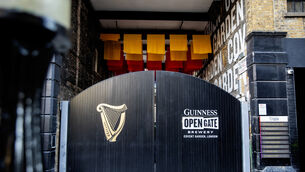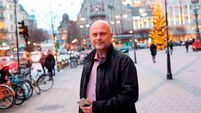Investors ‘rely too heavily’ on prime locations
While the most popular districts of Europe’s financially strongest cities are the safest bet given the markets’ resilience, elsewhere there is more money to be made on high-yielding assets with stable tenants on long leases.
“You can’t assume all property outside the best areas is junk,” said Matthew Richardson, of Fidelity Worldwide Investments.
















